Steam's Last Bow
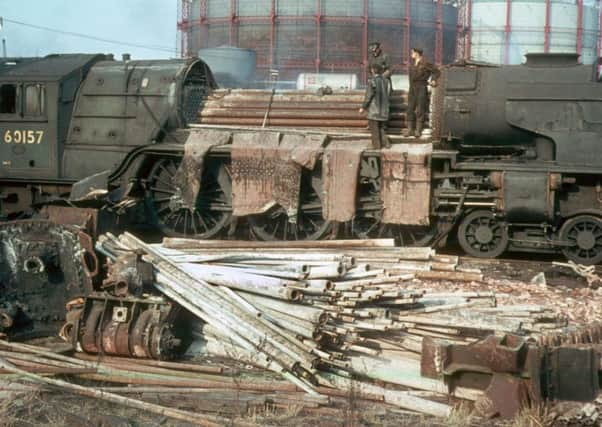

The glory of the steam age began in the early 19th century and Yorkshire was involved right from the outset.
The world’s first commercial steam locomotive, designed by John Blenkinsop, entered service on the Middleton Railway in 1812. A line had been established in 1758 to transport coal from Middleton collieries, but an alternative was sought because of the high costs of horses and fodder.
Advertisement
Hide AdAdvertisement
Hide AdAs the 19th century progressed a railway infrastructure began to take shape in the county, railway companies abounded and entrepreneurs burst on to the scene. George Hudson was one of them and, before his highly controversial demise, he firmly connected Yorkshire to a fast-growing national railway system.
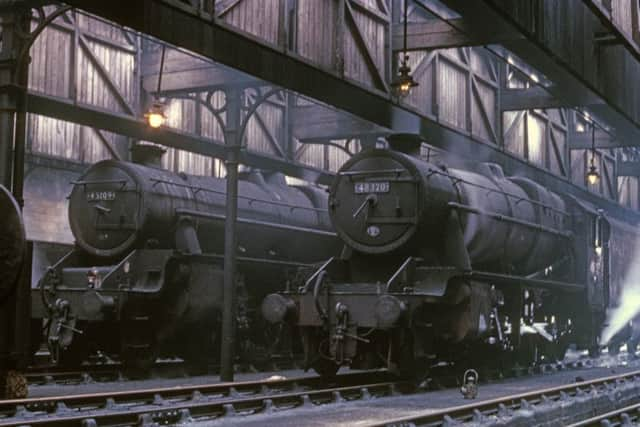

Yorkshire stood out from the crowd in once being served by seven railways companies, including the Lancashire & Yorkshire; London & North Western, Midland, Great Northern, Great Central, North Eastern and Hull & Barnsley.
Then, passengers were able to criss-cross county and country on lines carried on splendid viaducts, deep cuttings and countless bridges. The country which for centuries was horse drawn was now steam powered.
Almost overnight, coaching inns became redundant and, instead, impressive railway hotels were erected adjacent to railway stations and countless ‘Railway Taverns’ and ‘Railway Inns’ appeared adjacent to prominent railway centres.
Advertisement
Hide AdAdvertisement
Hide AdWork was provided for employees on the lineside, in stations, signal boxes and the maintenance and building of locomotives, carriages and wagons. In Yorkshire, large works were established in Doncaster (for building all three) and York for construction carriages. Doncaster, of course, would become world-famous for building Flying Scotsman and Mallard.
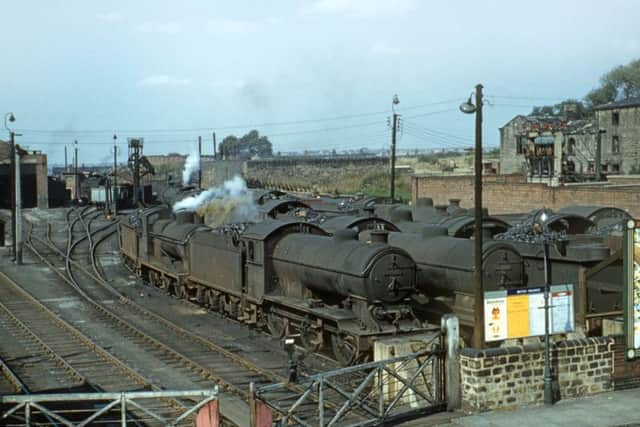

Support industries flourished for feeding the hungry steam engines which demanded millions of tons of coal.
Dominating the county’s railways were the two Anglo-Scottish main lines. The East Coast route from King’s Cross, entering Yorkshire via the great railway centre at Doncaster and then curving into the magnificent station at York before heading north towards Darlington. Completely different was the Midland route from St Pancras, emerging from a tunnel at Dore to descend to Sheffield prior to threading its way through the coalfield to Leeds. Here most trains reversed, running past numerous woollen mills in the Aire Valley and finally facing the challenging climb to leave Yorkshire on the heights of the legendary Settle-Carlisle line.
All this new way of life, employing steam, continued for the remainder of the 19th century and well into the next one.
Advertisement
Hide AdAdvertisement
Hide AdBut it was all hopelessly uneconomic. At Chapeltown, near Sheffield, the two stations on Great Central and Midland lines were only a few hundred yards apart.
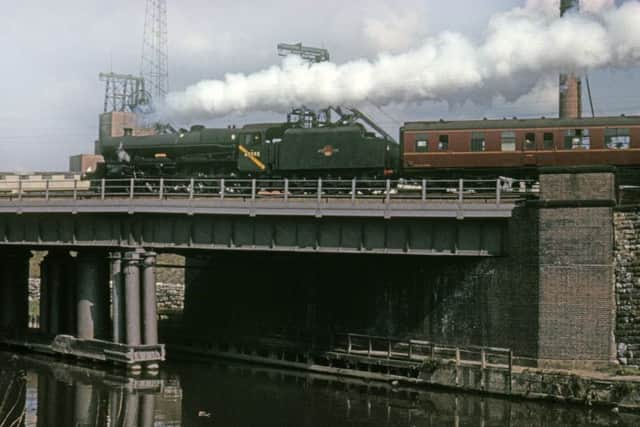

In the post-war era all this was to change with the introduction of diesel-electric and electric locomotives, BR’s modernisation plan, and the Beeching Report. Steam enthusiasts were largely unprepared to mount any coherent preservation programmes. Mallard and Flying Scotsman were preserved but many steam locomotives fell victim to the cutter’s torch.
In my latest book, The Last Years of Yorkshire Steam I have tried to capture the very essence of the demise of this way of life.
For me, the most dramatic picture in the book is a colour photograph taken in 1965 by the Rev J. David Benson of a locomotive at Drapers Yard, Hull being literally torn apart. The yard was to be the graveyard for quite a number of engines.
Advertisement
Hide AdAdvertisement
Hide AdThe book features steam locomotives travelling along branch lines all round the county and travelling at speed on main lines in Yorkshire from the late 1940s to the early 1970s. Thus, it covers the first years of British Railways and the last workings of steam in colliery yards. Many of the county’s major towns and cities are featured.
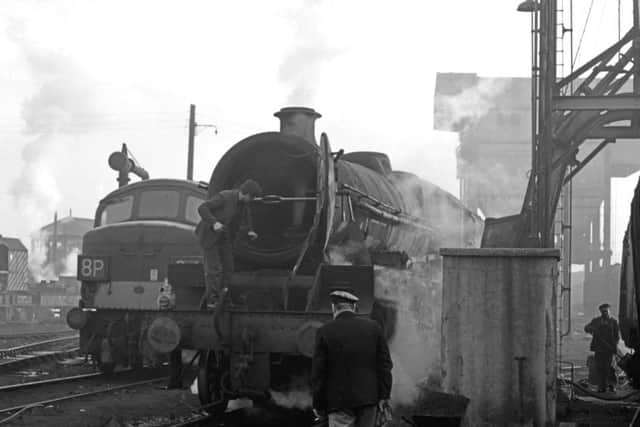

Few railway pictures in the post-war era were in colour, and the book relies heavily on the work of self-styled rail and road photographer Geoff Warnes, who died last year. He wandered all over the county capturing many steam locomotives in a variety of settings and situations.
They include images of colliery locomotives at Manvers and Askern Main, engines at both Mirfield and Barnsley and wonderful, pin-sharp images at Sheffield, Doncaster and York.
Looking at the pictures, we soon realise how labour-intensive it was to run a railway network with steam, the coaling towers and engine sheds bearing testament to this.
Advertisement
Hide AdAdvertisement
Hide AdDepot shots at Huddersfield, Manningham and Scarborough are some of many that reflect the glory and the grime.
The sheer hard labour is captured in a sad scene at Leeds Holbeck with a locomotive in a filthy condition being prepared for service, alongside a new diesel-electric that in a number of months was to oust steam at this depot.
Freight workings were all too often far from a payload, be it the shortest of fish trains seen passing through Bempton or just one milk tanker being brought through Stainforth from the Express Dairy at distant Appleby. No matter how few wagons, there would still be a driver, fireman and guard to pay.
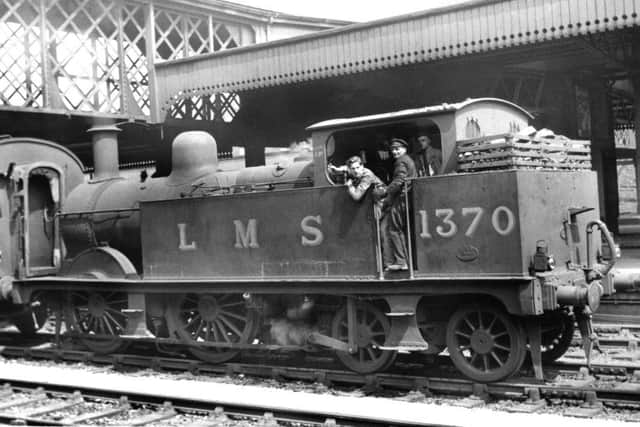

Arranged alphabetically, I hope this is a book that can be dipped into at leisure to provide many a happy hour for railway enthusiasts, railway modellers or just anyone interested in the passing local scene.
Many lines depicted have since changed beyond recognition.